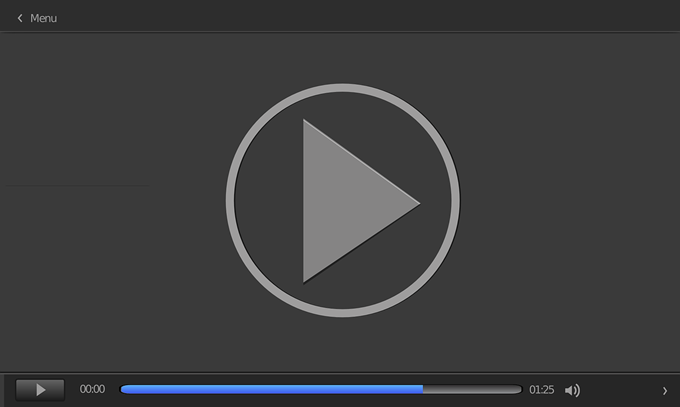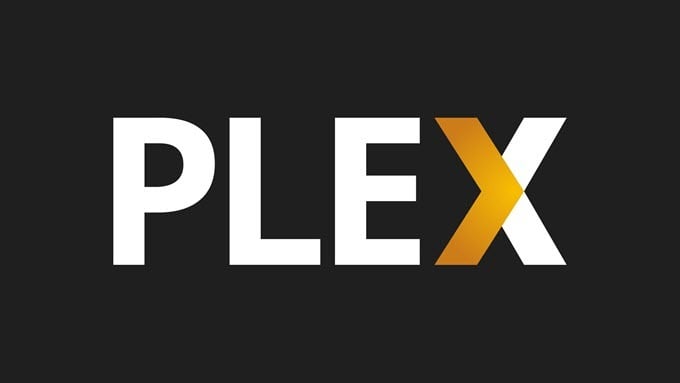While most players have basically the same features, there are subtle differences between the various options that heavily influence your experience. We’ve taken a look at three of the most popular options—VLC, Quicktime, and Plex—to help you pick the right media player to give you the best overall experience. Let’s start with Quicktime. QuickTime Player becomes the default option for a lot of users simply because it is bundled into the macOS, but even if you don’t have the program by default there are a lot of reasons to consider it. For starters, QuickTime Player can play iTunes files. VLC Media Player cannot play iTunes files due to their DRM encryption. If you’re a Mac user immersed into their ecosystem, then you may lean toward an option that allows you to play iTunes purchases with ease. The downside, of course, is that QuickTime Player is only available on Mac systems. Apple officially ceased Windows support of the program in 2016. QuickTime Player is the go-to option for videos you recorded with your iPhone, but may not fare so well with downloaded videos or more obscure file formats. Another downside is that QuickTime cannot play .srt files, the most common subtitle format. If you like to have subtitles on while you watch, QuickTime might not be the best option. QuickTime has an intuitive, easy-to-use interface that makes it easy to navigate and find the media you’re looking for. You can also record and edit video with QuickTime, but it requires a QuickTime Pro subscription—a fee of $29.99. Pros:
Automatically included with macOSWorks with iTunes filesEasy to use interface
Cons:
Not compatible with WindowsDoesn’t work with common subtitle filesLess breadth of compatibility than competitors
While QuickTime is the default media player, VLC is often the best option for a host of reasons. The main one is that it supports a massive number of both audio and video file formats. The media player is also open-source and available on Windows, Mac, and Linux. While no external codecs are necessary, VLC is compatible with an almost-silly number of plugins that allow you to expand functionality far beyond the basics. You can stream audio across your home network with ease through the use of sftp/ssh protocols. VLC has keyboard shortcuts for nearly every function you can imagine. While not the most vital part of media player for most people, those that value convenience will enjoy the added flexibility this adds to the program. The downside is that VLC doesn’t have the most attractive interface in the world. The color choices are bland with a late-90s style. All function, no grace. Of course, aesthetics aren’t the most important thing in the world, but VLC also doesn’t have the widest range of function as a music player. The program lacks functionality when it comes to sorting your music. VLC is intended as a video player. While it can play audio, that isn’t its primary purpose, and that shows in the interface. Pros:
Works with Mac, Windows, and LinuxHuge number of plug-insStreaming capabilitiesHuge range of file compatibility
Cons:
No music sorting capabilitiesBland user interface
Buckle up—Plex is a lot to talk about. While it is a media player, it’s more of a server than anything else. When you get Plex up and running, you can stream your media from your devices to almost any other device in your home with the right equipment. If you have a lot of music and movies saved on your computer that you want to watch on the big screen, Plex is the place to go. There are two versions of Plex: one free, one paid. The great thing about Plex is that the free version is already fully featured. The paid version just adds in a few more benefits that may appeal to smaller numbers of users, like virtual reality support and Sonos integration. For the vast majority of users, the free tier will be more than enough. If Plex sounds too good to be true, it’s pretty close to it. That said, there are a few areas where it is more of a hassle than a benefit. You can set up your Plex server with ease, but trouble arises when you add media to it. Actually adding content requires a naming folders and subfolders with specific titles, a task that quickly becomes tedious. If you make it through this process, you’ll be rewarded with a media library you can access from nearly anywhere. Plex is available for both Mac and PC, but can be streamed to almost any device including mobile phones. It also has Alexa integration, so once a file is added to the Plex directory you can ask Alexa to play it and it will appear. Pros:
The free tier is fully functionalPaid version is inexpensiveOne of the best options for a home media systemAlexa compatibility
Cons:
Complicated to add mediaMore features than are necessary for the average user
It’s a tough choice, but our vote goes with VLC. It provides the most features and widest range of compatibility with audio and video formats. Plex is a close runner-up, but is just too complex and featured for the average user. If you are a power user that wants to turn your computer into a multimedia mega-center, then Plex is a great choice. On the other hand, if you only need the bare minimum of functionality and you have a Mac, then the built-in QuickTime Player is a solid choice.



